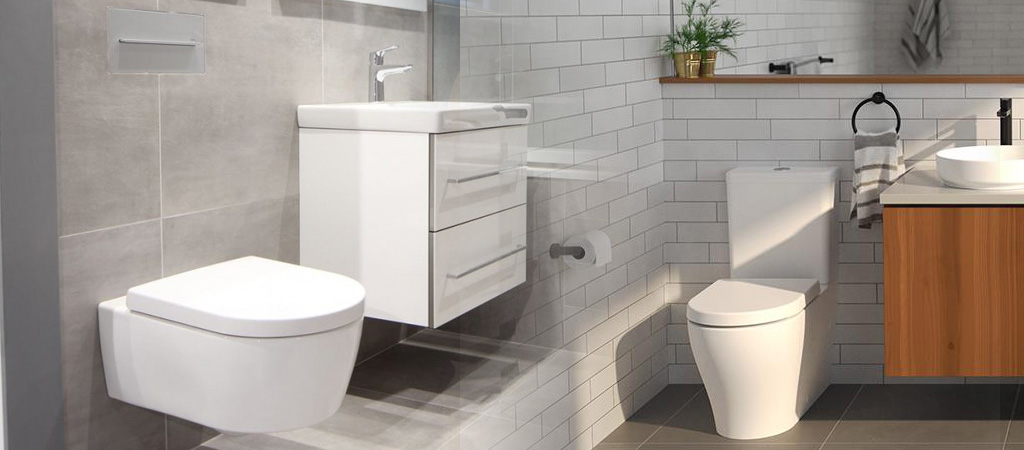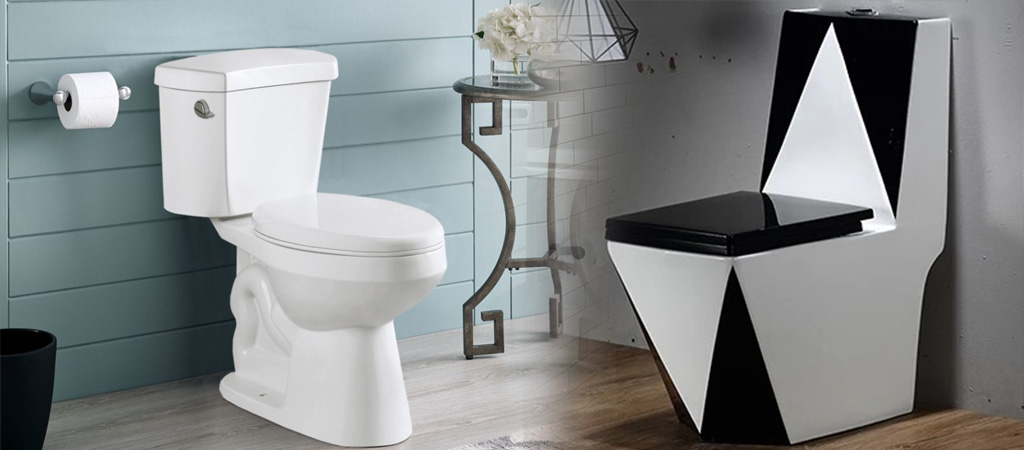
Bathtub is an expensive feat. It’s easy to envision the perfect tub in the perfect shape, size and color, but many people tend to overlook the importance of choosing the perfect material. Exploring the wide variety of bathtub materials can be overwhelming. Being familiar with the options available as well as knowing your needs will not only make your tub hunt easier, but will ensure that you are selecting the perfect style for enhancing your bathing experience and meet your budget needs. Here are the pros and cons of a few common materials that will, hopefully, help you in choosing the best option for your bathroom.
Fiberglass
Fiberglass is a kind of reinforced plastic which is formed into layers then molded into a bathtub shape before being coated with a layer of gelcoat resin.
Pros: At very affordable prices, fiberglass tubs are good for those on a tight budget. Due to the lightweight nature of the material used, they are also easy to maneuver around a house and install, plus, any damages can be easily be repaired.
Cons: Fiberglass is also perhaps the most brittle material on the market. Porous in nature, it absorbs water regularly and has a tendency to crack. Color and finish will also deteriorate over time due to the use of common cleaning equipment.The material also has a tendency to ‘flex’ causing it to warp and feel unstable.
Acrylic
Acrylic is formed by taking a solid sheet of combined materials such as petrochemicals, stabilizers, resins, fillers and appropriate dye which are then heated and molded into a bathtub shape then finally reinforced with fiberglass.
Pros: First and foremost, it is a non-porous material, unlike normal fiberglass and therefore will not absorb any excess water,which means it will stay glossy, never mold and is easy to fix. On top of which, it will also retain heat from the temperature of your water as well as repel any mildew or general bathroom stains. Besides, this kind of tub is of rich designs.
Cons: Acrylic is pricier compared to fiberglass, but it tends to scratch easily if it is cleaned too aggressively. Like Fiberglass, Acrylic tubs will also flex, which makes it less stable to stand on . Depends on the formula, most acrylic tubs will turn yellow with time going.
Stone Resin/Artificial stone
Stone resin is a material used to mimic the look of natural stone. These tubs generally have a more contemporary design, and are made of a high-quality composite material that has a hard surface. These tubs feature an integral drain and overflow system built into its walls, which makes installation a breeze and eliminates any exposed drain piping.
Pros: Like with most resin, color does not fade with repeated water use, the material is non-porous meaning it does not absorb water and retains water heat very well. It has an incredibly long lifespan, lasting for quite some time without the need of constant repair and when it needs to be discarded, stone resin is 100% recyclable. Stone resin is also viewed as a more luxurious bathtub material, not to mention the material itself is quite durable and able to withstand a heavy amount of punishment. Additionally, cleaning is simple and easy. Most stains and mildew will wash away with simple warm water while lightly abrasive substances such as Comet or Ajax can be used for more stubborn residues. Stone Resin is the best bathtub material overall for the price and quality.
Cons: While it may lie on the more expensive side of things compared to Acrylic or fiberglass, stone resin is able to withstand the test of time and will save you quite a bit of hassle down the road.
Cast Iron
Molten iron poured directly into a bathtub mould, before it is smoothed out then covered in a layer of porcelain enamel. This type of bathtub is a high-end option that is built to last.
Pros: Cast iron is perhaps the most durable tub on the market. With the strength of the material used, it is highly resistant to scratches and chipping, meaning less care needs to be placed on cleaning as well. Speaking of cleaning, most if not all mildew will wash off with just plain warm water and baking soda, and if something stronger is needed, light cleaning solutions such as Comet can be used, but very rarely are required. Also, cast iron bathtubs have the high heat retention, meaning your bathtub will keep warm for that much longer.
Cons: Durability also means weight. Cast Iron tubs are incredibly heavy, perhaps the heaviest of any tubs on the market currently. The result is that additional considerations must be made to your house and the support structure around the tub before installation. You are also looking at a hefty price, considering the materials involved and the additional work that goes into supporting the space around it. The porcelain on the surface are in fact quite slippery. Also, the designs for this type of tub is rather limited.
Wood
A custom made bathtub using a variety of different types of wood.
Pros: Aesthetically pleasing with a nice genuine, natural feel to it. Also, since wood is easy to work with, wooden bathtubs can be any shape or size depending on your tastes and does add a certain sense of luxury to your bath time.
Cons: Luxury does come at a heavy price though, as wood in regular contact with water means that your bathtub will not last very long compared to nearly all other bathtubs on the market. Additionally, special considerations must be made in your home to accommodate a wooden tub, such as space and framing. Cost is also a large part of why wooden bathtubs are perhaps not as popular. In addition to the initial cost of the bathtub, regular maintenance must be kept to ensure the longevity of your bathtub. Overuse will invariably wash away the resistant sealing, rotting the wood quicker, while underuse will dry out the wood, speeding up the rotting process. Overall, it is quite a hassle to own a wooden bathtub.




